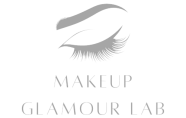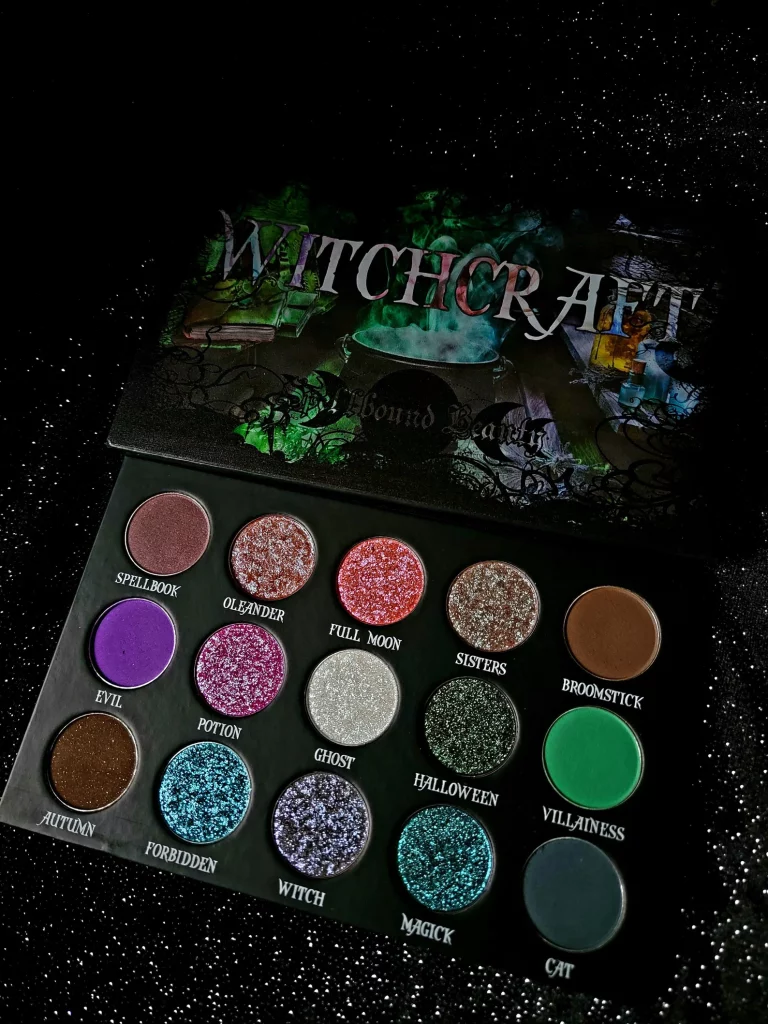Makeup palettes are like the artist’s palette, but instead of paint, they’re filled with an array of stunning colors and textures that allow you to express your creativity and enhance your natural beauty. Whether you’re a makeup novice or a seasoned pro, the right palette can transform your look and take your makeup game to the next level. In this blog post, we’ll explore the magic of makeup palettes, from choosing the perfect palette to mastering the art of color theory.
Choosing the Perfect Palette
With so many palettes on the market, finding the perfect one can seem like a daunting task. Here are some tips to help you narrow down your options and find the palette that’s right for you:
- Consider Your Skin Tone: Choose a palette with shades that complement your skin tone. Warm-toned palettes are ideal for those with warm undertones, while cool-toned palettes work best for those with cool undertones.
- Think About Your Style: Are you drawn to natural, everyday looks, or do you prefer bold, statement-making colors? Look for a palette that aligns with your personal style and makeup preferences.
- Look for Versatility: Opt for a palette that offers a range of shades and finishes, from matte to shimmer, so you can create a variety of looks for any occasion.
- Read Reviews: Take the time to read reviews and watch tutorials to get a sense of the palette’s quality and performance before making a purchase.
Mastering Color Theory
Once you’ve chosen the perfect palette, it’s time to unleash your creativity and experiment with color. Understanding color theory can help you create harmonious, well-balanced looks that flatter your features and make a statement. Here are some basic principles of color theory to keep in mind:
- Complementary Colors: Colors that are opposite each other on the color wheel, such as red and green or blue and orange, create contrast and make each other pop when used together.
- Analogous Colors: Colors that are next to each other on the color wheel, such as blue and purple or orange and yellow, create a harmonious, monochromatic look when used together.
- Triadic Colors: Triadic color schemes involve three colors that are equally spaced on the color wheel, such as red, blue, and yellow. These schemes create vibrant, balanced looks with plenty of contrast.
- Experiment with Texture: Don’t be afraid to mix and match different textures, such as matte and shimmer, to add depth and dimension to your looks.
Tips for Application
Now that you have your palette and a basic understanding of color theory, it’s time to put your skills to the test. Here are some tips for applying eyeshadow like a pro:
- Start with a Primer: Apply an eyeshadow primer to create a smooth, long-lasting base for your eyeshadow and prevent creasing.
- Build Your Colors: Start with lighter shades as a base and gradually build up to darker shades for depth and intensity.
- Blend, Blend, Blend: Use a fluffy blending brush to blend your eyeshadow seamlessly for a soft, diffused look.
- Highlight Your Features: Use a lighter, shimmery shade to highlight the inner corners of your eyes and brow bone for an instant eye-opening effect.
- Experiment and Have Fun: Don’t be afraid to experiment with different colors, textures, and techniques to discover what works best for you. Makeup is all about self-expression and creativity, so let your imagination run wild!

